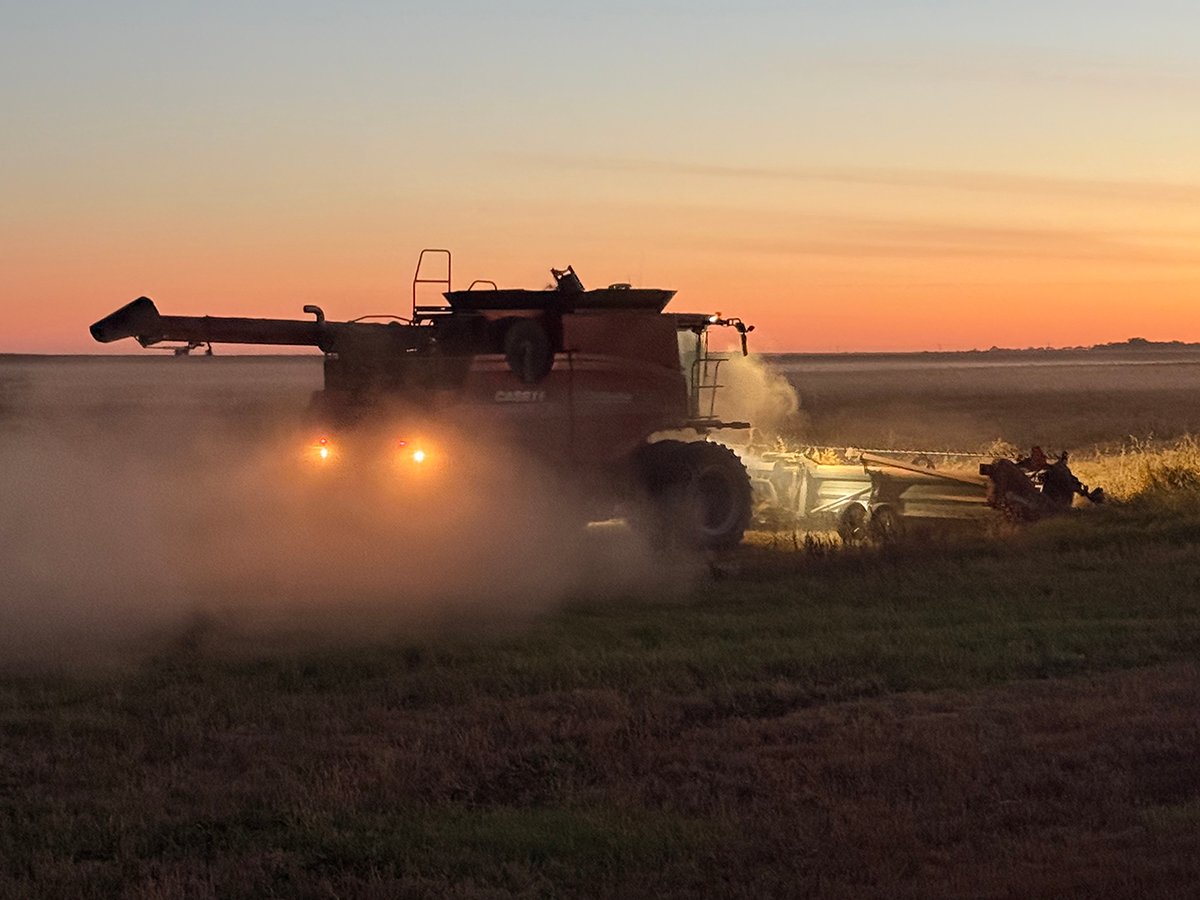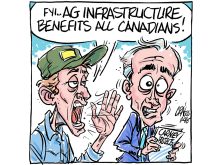Guebert is an agricultural journalist and columnist based in Illinois.
There’s no profit in arguing with government numbers, a veteran commodity trader once moaned to me.
“You might be right come two months,” he explained, “but the market might kill you in two weeks.”
That advice came to mind when plowing into the U.S. Department of Agriculture’s June 2 Crop Progress Report. Despite the wettest, coldest, slowest planting season in years, USDA still found 63 percent of this year’s corn crop in the top 18 producing states to be in either “good” or “excellent” condition at May’s end.
Read Also

Downturn in grain farm economics threatens to be long term
We might look back at this fall as the turning point in grain farm economics — the point where making money became really difficult.
A closer look shows about five times more acres “good” than “excellent.” More importantly, big corn states like Iowa, Illinois and Nebraska, had, respectively, five, 11 and six times more good acres than great.
In a normal year, good might be fine. This year, however, good simply isn’t good enough. A “good” 2008 corn crop for end-users – livestock producers, importers, food makers, ethanol plants – would be a bloody disaster unless someone, like importers, or something, like livestock numbers, gives.
But there are few signs anywhere that anyone is headed for the exits. December corn futures, the base contract for the now-struggling 2008-09 crop, have remained north of $6 per bushel since April 21 and no number in June’s first weekly crop progress report suggests an imminent retreat.
In fact, the numbers and weather strongly imply the opposite. Already the market grapevine is jammed with gossip that as much as two or three million corn acres will not get planted because of mud.
Additionally, late planting will push corn’s critical pollination period deeper into July. A two week, late-July string of hot, steamy weather then would clobber the crop.
That means USDA’s national yield estimate, a fat 153.9 bu. per acre, is headed for the chopping block. That number, from the department’s sunnier, March acreage forecast and two bushels per acre more than 2007’s nearly perfect crop, looks more like March – long gone – every passing, rainy day.
Although the season remains young, the upshot is clear: there are far more reasons to suspect USDA’s estimates for 2008 acres, yield, production, and carryover (now at a skinny 763 million bu.) will be revised south, not north, in coming reports.
The bullish outlook for the corn market, less acres, yield and carryover, should bite soybeans, right?
Maybe, but November soybean futures, just a buck under their contract high of $14.50 per bu., appear to be warning end-users that this market needs to see if some or most of those unplanted corn acres go to beans before prices go to pot.
Supporting that see-it-to-believe-it attitude is, again, weather. The mud that held back corn planting held back bean planting, too.
Wheat’s wild winter – $13 Kansas City July futures in mid-March – has settled into the more realistic, yet still-sweet $8 area with harvest nearly on tap. The crop’s potential, however, has slipped on May’s mud, so near-perfect weather is necessary to get it into the bin at that price.
If you really want to fret over weather, this crop, your bottom line and food prices, call up www.fsa.usda.gov and take a gander at the “CCC Commodity Inventory,” the national food pantry maintained by USDA’s Commodity Credit Corp.
Hint: It’s empty. There’s not one peanut, one grain of rice, one cup of sugar or even one chickpea in America’s cupboard.
















